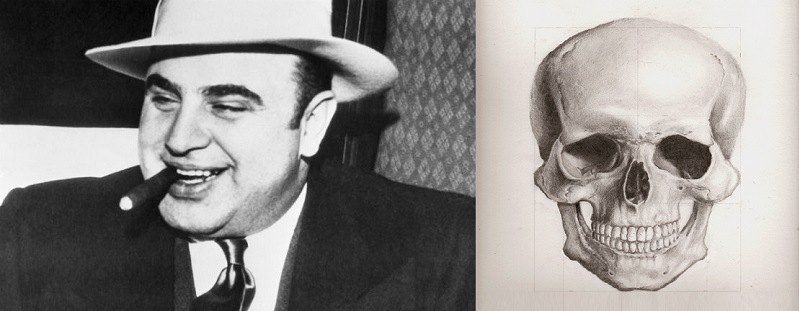No secret, facial recognition has been around for a while and definitely has its shortcomings. Some of the earliest findings were that a system would not recognize the same person twice depending on the mood the subject is projecting at the time, e.g., calm, anger, sadness, humor, smile, frown, etc.
Another and fairly obvious flaw was not being able to discern between people who shared facial similarities. These include facial hair, glasses, and, yes, you guessed it, twins. Now researchers at Michigan State University find that automatic facial recognition systems are less likely to recognize the same face after a period of six years. Thanks to the aging process,
the researchers suggest taking new photo IDs every four to five years to minimize recognition errors.
Dr. Anil Jain, University Distinguished Professor of computer science and engineering at Michigan State University (MSU) illuminates, “We wanted to determine if state-of-the-art facial recognition systems could recognize the same face imaged multiple years apart, such as at age 20 and again at age 30. This is the first study of automatic facial recognition using a statistical model and large longitudinal face database.”
Jain and doctoral student Lacey Best-Rowden found that 99% of face images can still be recognized up to six years later. But they also found that, because of natural changes occurring to a face over time, recognition accuracy drops if images were taken more than six years apart. Note, this decrease in accuracy is person-dependent because some people tend to age differently.
Also as part of the study, the researchers analyzed two police mugshot databases of 23,600 repeat criminal offenders with each offender having a minimum of four photos taken over a five-year period. Mugshot databases are the largest source of facial aging photos available with controlled standards to ensure the photos are uniform.

Al Capone 1932 Al Capone 2017
Pete Langenfeld, manager in the Biometrics and Identification Division at the Michigan State Police offers, “This research shows the importance of capturing new images every four to five years to reduce the number of false positives or chance of not finding a candidate in a facial recognition search due to length of time between captures. Criminal acquisition is dependent on the number of times a person is arrested, as the majority are not required to update their image. However, civil applications that require updated facial images should look at reducing the time between captures if it is greater than every four years.”
It is one thing to identify aging criminals, which could prove very useful in tracking them down. However, facial recognition is used for many other applications, particularly for entry and exit of certain business, government, and medical establishments. For general applications, it may be both a bother and expense to update one’s photo every five or six years. Since most are heading in the same direction age wise, why not just present a piece of one’s favorite dried fruit to camera? ~MD
To learn more about facial recognition studies at MSU, CLICK HERE. Also, if it piques your interest, learn how facial recognition could save lemurs by CLICKING HERE.